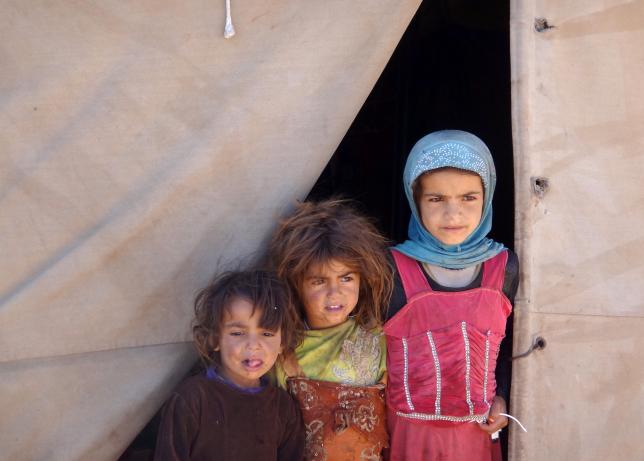
The increase in internally displaced people (IDPs) - which was 1 million higher than in 2017 - suggested that more global crises were long-lasting, said Alexandra Bilak, director of the Geneva-based Internal Displacement Monitoring Centre (IDMC).
“Unresolved internal displacement has all sorts of knock-on effects - one of them being that IDPs today could become refugees tomorrow,” she told the Thomson Reuters Foundation.
IDPs demand release of grant, return to homes in K-P
The number of people displaced within their own borders far exceeds those who cross into other countries - with 25.4 million refugees and 3.1 million asylum seekers worldwide in 2017, according to the United Nations refugee agency UNHCR.
Unlike refugees or asylum seekers waiting for decisions on their refugee status, IDPs cannot claim international protection and often have less access to aid and medical care.
Ongoing conflict in Syria and the Democratic Republic of Congo, and rising tensions in Ethiopia, Cameroon and Nigeria triggered most of the 10.8 million new displacements in 2018 linked to conflict and violence, the IDMC said.
Internal displacement is a hidden problem in many countries, such as Yemen, where the IDMC estimated 2.3 million people were forced to flee in 2018, although the number could be higher, Bilak said.
“IDPs are certainly the most invisible. There are plenty of countries where we just don’t have an accurate picture of the scale of the phenomenon,” she said in a phone interview.
In addition, disasters - largely extreme weather events such as cyclones and floods - forced 17.2 million from their homes in 2018, mainly in the Philippines, China and India, although such displacement was often short-term, the IDMC said.
Worldwide temperatures are on course to rise by 3 to 5 degrees Celsius (5.4 to 9 degrees Fahrenheit) by 2100, far overshooting a global target of limiting the increase to 2C or less, the U.N. World Meteorological Organization says.
That is increasing the risk of extreme weather, as well as worsening hunger, poverty and water shortages, scientists say.
The IDMC said it did not produce a cumulative figure for those affected by natural disasters as this is hard to measure because people rapidly move on.
920,000 displaced in Syria in 2018, highest since conflict began: UN
Cities were increasingly bearing the burden of hosting IDPs, both after natural disasters and as a result of urban warfare in places like Syria’s Daraa, Yemen’s Hodeidah and Libya’s Tripoli, the IDMC said.
Bilak said cities needed to find ways to absorb these people.
“Even though the primary responsibility to address internal displacement lies with national governments, there’s a very important role that needs to played by local governments and by municipalities,” she said.

1736937713-0/Untitled-design-(100)1736937713-0-165x106.webp)
1736991329-0/Untitled-design-(62)1736991329-0-165x106.webp)
1736988313-0/kylie--(1)1736988313-0-165x106.webp)
1736984998-0/Trump-(5)1736984998-0-165x106.webp)












COMMENTS (1)
Comments are moderated and generally will be posted if they are on-topic and not abusive.
For more information, please see our Comments FAQ